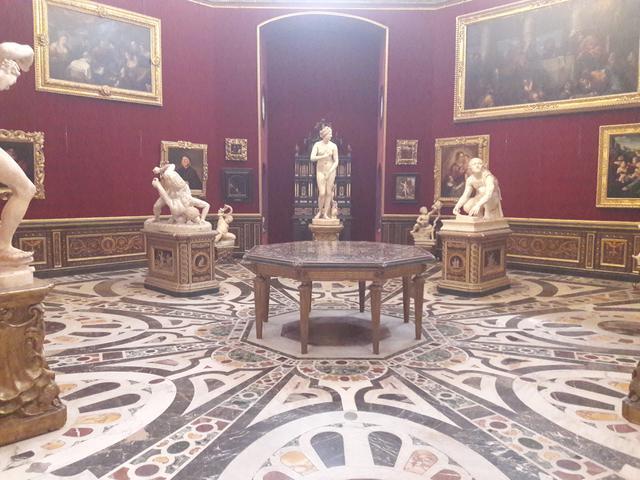Medici Venus

According to Pirro Ligorio, the statue was found in Rome, near Trajan's baths, inside the vineyard of the bishop of Viterbo, Sebastiano Gualtieri. It immediately became part of the prelate's collection and in 1566, it was purchased by Alfonso d'Este. In 1575 it was sold to Ferdinando de' Medici, who decided to export it to the collection of antiquities at Villa Medici in Rome. The statue remained in the sumptuous Roman residence for more than a century. In 1677, he moved to Florence, along with such masterpieces as Knife Grinder and The Wrestlers. These famous works were displayed in the Tribune, the most precious space in the Uffizi, and the Venus was elevated to the symbolic representation of the Florentine museum as a whole. The prestige of the statue can be seen in later events and successive collecting history. In 1802, Napoleon ordered the statue to be moved to Paris. The French period lasted until 1816, when the statue was moved to its original location in Florence.
In a rare circumstance for ancient statues, Venus has a known author. In fact, the base podium bears his signature, Cleomenes, son of Apollodorus, a sculptor who worked in Athens during the 1st century BC. C. The work is, therefore, datable between the 2nd century and the 1st century BC. C. Recent tests have brought to light traces of the original colors: in fact, there are obvious traces of gold on the top of the hair, cinnabar on the lips and Egyptian blue at the base.
© Tourblink